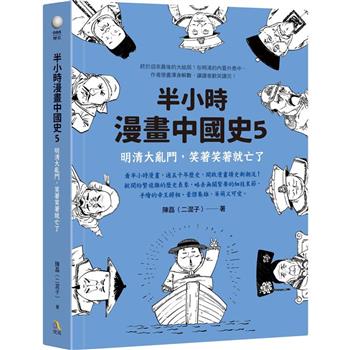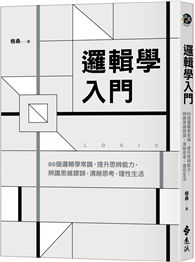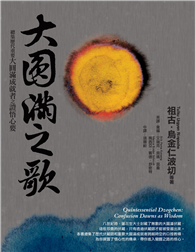This study creates a conceptual typology of resistance.
A typology is useful to the soldier because it breaks a complex phenomenon into its constituent parts. This makes the phenomenon easier to understand, successfully interact with, and analyze.
First, the authors identify the fundamental attributes of a resistance as:
- actors; causes that motivate the actors; environment; organization of the resistance movement; and actions of the resistance movement.
Next, the authors divide each of these attributes into categories. For the attribute of the environment, for example, the authors identify and consider the environment the state creates and the environment created by counterinsurgency efforts.
The authors developed this conceptual typology by following social science methodologies and further informed the process with the insights of social science subject matter experts and the USASOC community during multiple collaborative analysis events.












